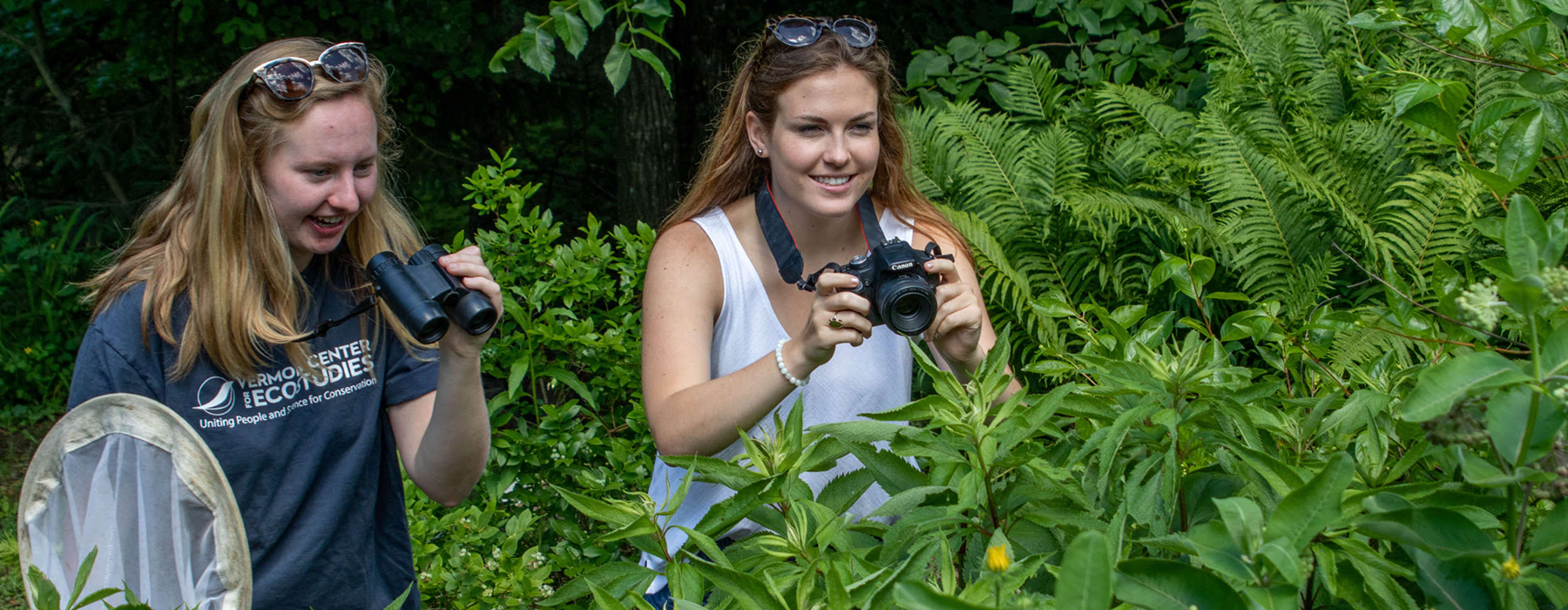Over the last 10 years, VAL has helped to amassed millions of species observations and grown into a central library of primary biodiversity data, accumulating knowledge from the past and present. At VAL’s core is the community of people contributing and using information about Vermont’s changing nature: occurrence records, population data, distribution maps, photographs, and other data—from backyard naturalists to scientists to policymakers.
VAL is Powered by Crowd-sourced Biodiversity Data
The Vermont Atlas of Life 10th Anniversary Report synthesizes VAL’s efforts over the last decade of gathering data to help establish a biodiversity baseline for Vermont. This report uses nearly 8 million primary biodiversity occurrence records, totaling almost 12,000 verified species recorded across Vermont—all curated at the Global Biodiversity Information Facility (GBIF) and searchable using the VAL Data Explorer. Although these records are derived from many sources–from historical museum specimens to field observations–over 95% are submitted by volunteer community scientists through VAL-supported crowd-source platforms like Vermont eBird, iNaturalist, and e-Butterfly, or one of our wildlife atlasing projects, like the Second Vermont Butterfly Atlas happening right now.
Vermonters have risen to the conservation challenge: our community scientists lead the nation with more field observations per capita than any other state!
Join a Community Science Project
Become a member of a crowd-sourced platform, join a short mission, or one of our wildlife atlases and help us discover and monitor biodiversity.
Scientists Sharing Data
Data sharing has become an important issue in modern biodiversity research to address large scale questions and conserve species. Despite the steadily growing scientific and conservation demand, data are not always easily accessed. Worse, it may be lost forever if it is not properly archived.
Data found at VAL and its networks are provided by a wide range of cooperating organizations, websites, individuals, community groups, government agencies and others. VAL works closely with data providers to assist them to better capture, manage, and share biodiversity data.
Would You Like to Discuss Sharing Your Biodiversity Data?
Perhaps you have a large dataset of species observations that are only on paper forms. Or maybe you have an old spreadsheet or database from work you completed long ago that is somewhere on your computer. Maybe you have notebooks filled with field sightings. Whatever the situation, your hard work will be more widely used for science, conservation and education if others can access it now and far into the future. Whether you want to create a specific atlas on our site, share data with others, or just archive your data for the future – we’re here to help you find a solution that fits.
Check out some examples of dataset we have helped others to publish:
- Bell R, and J. Bell (2021). Carabidae of Vermont and New Hampshire. Version 1.7. Vermont Center for Ecostudies. Occurrence dataset https://doi.org/10.15468/zcrngo accessed via GBIF.org.
- McFarland K, Pupko J (2021). Fairbanks Museum and Planetarium Lady Beetle (Coccinellidae) Specimens. Version 1.3. Vermont Center for Ecostudies. Occurrence dataset https://doi.org/10.15468/qqk6fj accessed via GBIF.org.
- Hedbor J (2022). Butterflies (Papilionoidea) and Giant Silk Moths (Saturnidae) in the James D. Hedbor Lepidoptera Collection. Vermont Center for Ecostudies. Occurrence dataset https://doi.org/10.15468/8dkd5q accessed via GBIF.org.
- Griggs M S (2022). M.Scott Griggs Personal Lepidoptera Collection. Vermont Center for Ecostudies. Occurrence dataset https://doi.org/10.15468/ebqsbb accessed via GBIF.org.
- Langdon R, Ferguson M, Cox K. (2022). Fishes of Vermont. Vermont Center for Ecostudies. Occurrence dataset https://doi.org/10.15468/ek3tw7 accessed via GBIF.org.







